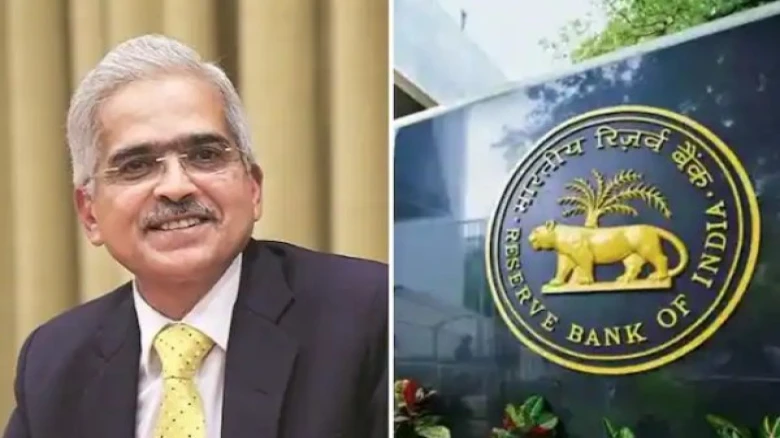National

By raising the Repo rate and CRR, the RBI hopes to keep inflation – which is already close to 7% – at the desired level while also controlling and monitoring money flow into the banking system.
Digital Desk: To combat high inflation and the impact of geopolitical tensions, the Reserve Bank of India raised the Repo rate, the main policy rate, by 40 basis points to 4.40 percent and the cash reserve ratio (CRR) by 50 basis points to 4.50 percent on Wednesday.
However, the central bank maintained its accommodative monetary policy in an unscheduled meeting of the Monetary Policy Committee. The unexpected move by the RBI — the first since August 2018 — is expected to raise interest rates in the banking system. EMIs (equated monthly installments) on home, vehicle, and other personal and corporate loans are likely to rise. Deposit rates, particularly fixed-term rates, are also expected to rise.
By raising the Repo rate and CRR, the RBI hopes to keep inflation – which is already close to 7% – at the desired level while also controlling and monitoring money flow into the banking system.
The increase in the Repo rate – the RBI's key policy rate or the rate at which it lends to banks – means that the cost of funds for banks will rise. It will prompt banks and non-bank financial companies (NBFCs) to raise lending and deposit rates in the coming days. According to analysts, the Repo rate hike may impact consumption and demand.
The reason behind the increase in Repo rate is that from 8% in January 2014; the Repo rate had fallen to 4% by May 2020 after the RBI slashed rates over the years to boost growth – the most recent cut was by 40 basis points in May 2020 to address the negative impact of the Covid pandemic.
In another move, the RBI increased banks' cash reserve ratio by 50 basis points to 4.5 percent of net demand and time liabilities (NDTL), effective May 21, 2022. This is expected to drain Rs 87,000 crore of liquidity from the system.
The RBI's increase in CRR is consistent with its policy of withdrawing accommodation and with its earlier announcement of a multi-year withdrawal of liquidity.
Also Read: Sensex dropped 312 points, IT and banking stocks lowered too
Leave A Comment